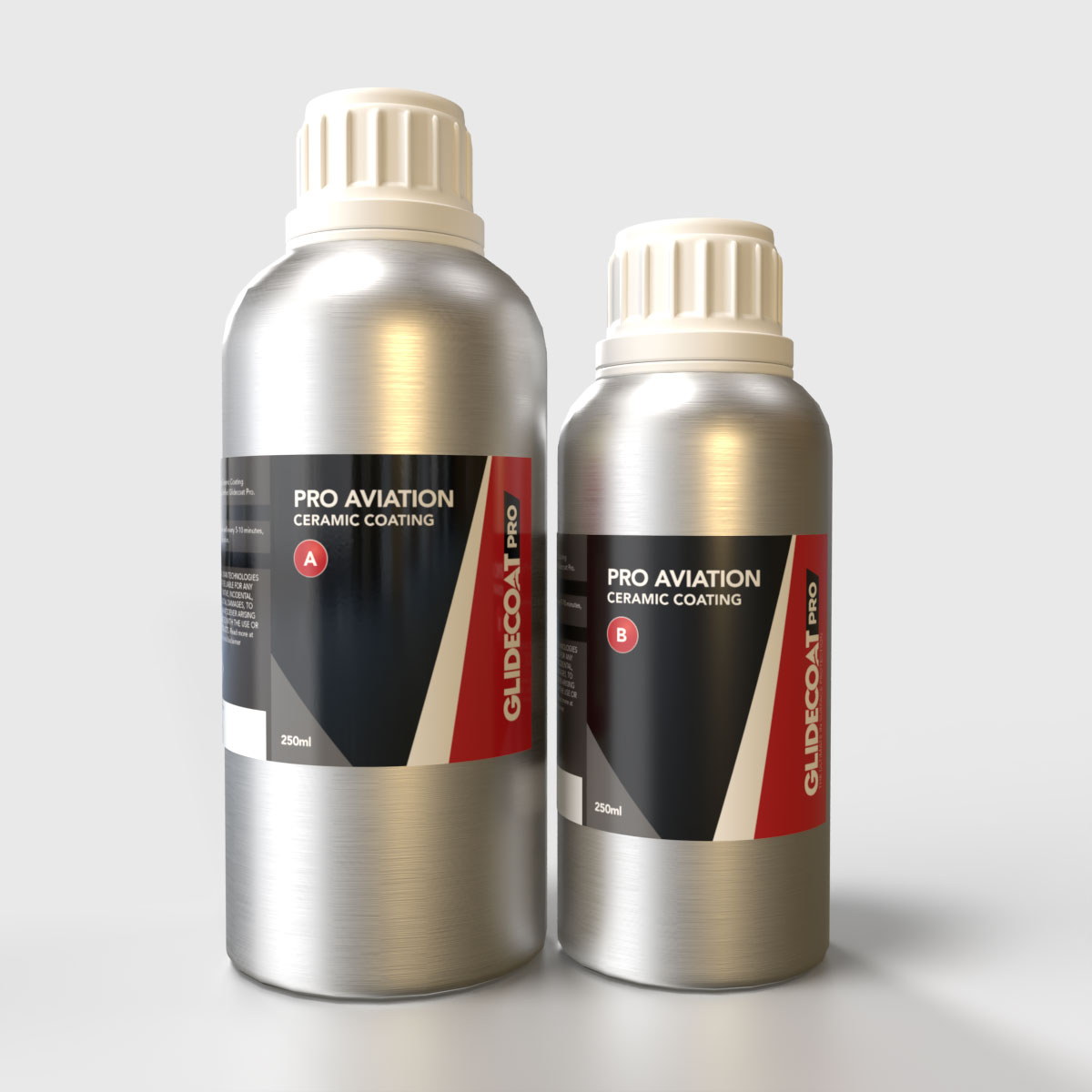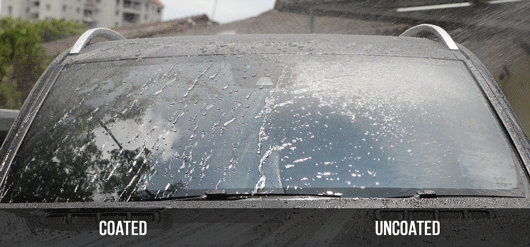Why Drivers Trust Fund Ceramic Coating Philadelphia for Superior Vehicle Treatment
Why Ceramic Finishing Is the Ultimate Option for a Flawless Finish
Ceramic covering has actually emerged as a leading service for those looking for a remarkable finish for their lorries, many thanks to its exceptional longevity and protective functions. What variables genuinely set ceramic finish apart?
What Is Ceramic Layer?

When applied appropriately, ceramic finishing creates a hydrophobic surface that repels water and dust, making it easier to clean and maintain. Unlike standard waxes or sealers, which typically use brief defense, ceramic layers can last for several years, depending upon the product quality and application approach. The procedure of applying ceramic covering needs careful prep work, including complete cleaning and often repaint improvement, to guarantee optimal bonding and performance.
Ceramic coverings are not limited to automotive surface areas; they can also be made use of on different products, including glass, metal, and plastics, giving a versatile service for boosting security. On the whole, ceramic covering stands for a considerable improvement in surface area defense innovation, incorporating both functional and visual advantages for a large array of applications.
Benefits of Ceramic Finish
While numerous surface area security alternatives exist, the benefits of ceramic layer stick out due to its unique residential or commercial properties and lasting performance. Among the primary advantages is its extraordinary longevity. Ceramic Coating Philadelphia. Unlike conventional wax or sealants that require constant reapplication, ceramic finishings supply a resistant layer that can last for numerous years, dramatically decreasing upkeep efforts
An additional remarkable advantage is enhanced security versus ecological contaminants. Ceramic coatings produce a hydrophobic surface that fends off water, dust, and different toxins, making it easier to clean up. This feature not just preserves the automobile's appearance yet additionally reduces the threat of deterioration and oxidation, especially in severe weather problems.
Furthermore, ceramic coatings offer exceptional resistance to UV rays, avoiding fading and deterioration of paint with time. This UV security is vital for maintaining the visual worth of surface areas and lorries subjected to guide sunlight.
Additionally, the shiny surface attained with ceramic finishing improves the total visual appeal, offering surface areas a showroom-quality luster. Generally, ceramic finishes stand for a significant innovation in surface protection innovation, giving enduring benefits that accommodate both visual and practical demands.
How It Works
Understanding the scientific research behind ceramic coverings discloses just how they supply such amazing protection and longevity. At its core, a ceramic covering is a liquid polymer that chemically bonds with the car's manufacturing facility paint. This bonding produces a safety layer that is both oleophobic and hydrophobic, repelling water, dirt, and oil. The key component of most ceramic finishings is silicon dioxide (SiO2), which is stemmed from quartz. This compound adds to the covering's hardness and resistance to scratches, UV rays, and environmental contaminants.
The application procedure includes numerous actions, consisting of surface area prep work, which is important to achieving optimal attachment. Once applied, the finishing goes through a curing process, during which it sets and develops a semi-permanent bond with the paint surface area. This bond is what distinguishes ceramic finishes from typical waxes and sealers, providing a longer-lasting protective obstacle that can sustain for many years.
Moreover, the density of the finish can enhance its protective high qualities, making certain that it can withstand harsh conditions. Ultimately, the scientific research of ceramic layers incorporates innovative materials with ingenious application techniques to provide an unequaled level of defense and aesthetic improvement for automobiles.
Contrast With Traditional Approaches
The advantages of ceramic coverings come to be particularly apparent when contrasted to standard paint security methods such as waxes and sealants. While waxes provide a short-term sparkle, typically lasting a few weeks to a number of months, ceramic layers supply a durable safety layer that can sustain for several years. This sturdiness considerably reduces the regularity of reapplication, making ceramic coatings an extra economical service over time.
In addition, conventional approaches usually need substantial prep work and multiple applications to achieve an acceptable level of security. On the other hand, ceramic layers bond at a molecular degree with the automobile's surface, developing a robust guard versus ecological impurities like UV rays, acid rainfall, and roadway salts. This bond enhances the vehicle's resistance to scrapes and swirl marks, which are prevalent with standard waxes and sealers.
Furthermore, the hydrophobic homes of ceramic finishings fend off water and dirt, bring about simpler cleansing and upkeep. On the other hand, wax and sealant-treated surfaces can bring in crud, requiring more regular cleaning - Ceramic Coating Philadelphia. Overall, ceramic layers not only give premium protection yet also deliver a more aesthetically attractive and enduring coating, developing them as the find more favored option for discerning lorry proprietors
Application and Upkeep Tips

Using a foam applicator, apply the coating in tiny areas, complying with the maker's guidelines pertaining to density and overlap. Permit enough treating time in between layers, usually 24 hours, to make sure correct bonding. After application, it is vital to prevent direct exposure to water or extreme elements for a minimum of a week to enable the coating to completely heal.
For maintenance, clean the vehicle frequently with pH-balanced soaps and prevent abrasive materials. Touchless auto washes are advised to minimize scratching. Furthermore, making use of a ceramic upkeep spray can enhance the covering's hydrophobic residential properties and longevity. Normal evaluations for any kind of signs of wear will aid maintain the layer's discover here integrity and maintain that beautiful finish.
Verdict
In verdict, ceramic layer emerges as a remarkable alternative for accomplishing a remarkable automotive coating. By forming a durable bond with factory paint, ceramic layer properly guards versus scrapes, UV rays, and environmental impurities.
